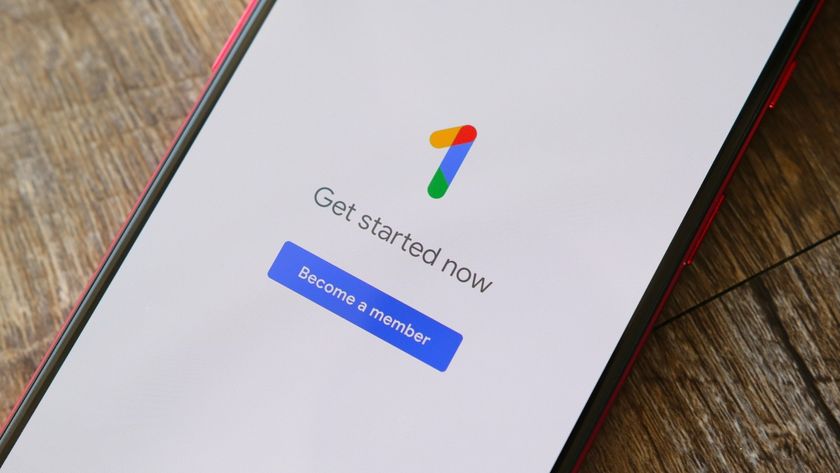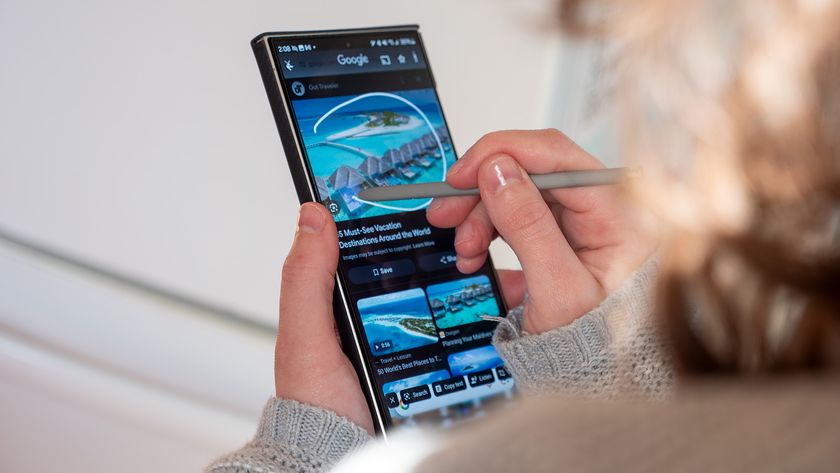Google Fi vs. T-Mobile: Which is best in 2025?
Google Fi and T-Mobile have similar coverage and features, as long as everyone is on Android.
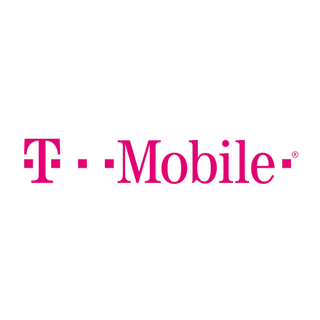
More data with better phone compatibility
T-Mobile's three core plans (Essentials, Magenta, and Magenta MAX) are entirely unlimited when it comes to data, text, talk, and mobile hotspot data. Along with multi-line discounts, you're also guaranteed at least 50GB of premium data and various international benefits and extra perks. T-Mobile's coverage has also grown to match the other in most places with faster 5G.
For
- 5G access with all plans
- At least 50GB of premium data
- Third line free
- Service in Mexico and Canada
- Unlimited mobile hotspot
Against
- Plans are expensive
- SD streaming on most plans
- International calling not included (outside of Mexico and Canada)
- Not all plans offer international data
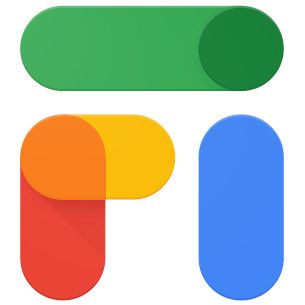
With access to two U.S. networks, Google Fi gives you strong coverage and a few plans to choose from, depending on how much data you need. You can get up to 50GB of high-speed data with 5G support on Android devices. Google Fi even has family plan savings with its Simply Unlimited plan, coming down to just $20 per month with four lines, with up to six lines allowed.
For
- Choice of Flexible or Unlimited plans
- Large combined network
- Free international data, talk, and text with Unlimited plan
- Bill protection
- Uses open Wi-Fi networks via Wi-Fi Assistant
Against
- Unlimited plan is slowed after 22GB
- Hotspot uses data allotment
- Need "Designed by Fi" phones to get all features
- SD streaming
- Taxes and fees aren't included
Both T-Mobile and Google Fi will give you excellent coverage, international service, and 5G access. But for most smartphone users T-Mobile's unlimited data plans will have more appeal. Each plan comes with several perks and a "third line free" offer that will bring your monthly bill down significantly while still letting you consume tons of data. Google Fi also has exceptional coverage thanks to its ability to switch between networks with some coverage via Wi-Fi partners. Unlike T-Mobile, you can opt for a plan that lets you pay for what you use but you still have a couple of unlimited options.
Google Fi vs. T-Mobile: Fi's unlimited plans are more limited than T-Mobile's
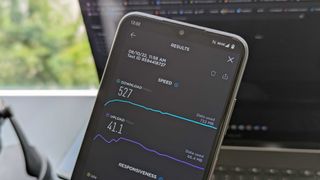
It can be daunting to see the word "unlimited" used so often to describe cell phone plans, only to be followed by a paragraph describing limits. T-Mobile's plans have no hard high-speed limit, but the Magenta and Magenta MAX plans come with premium data. That means that, on a crowded tower, premium data is first in line and will have higher speeds in general. Still, even the cheapest T-Mobile plan will be fast enough for most people, with 50GB of premium data on the Essentials plan.
All unlimited plans come with unlimited 3G-speed hotspot data with Magenta including 5GB of high-speed hotspot data and Magenta MAX taking that up to 40GB. T-Mobile's Magenta plan also comes with Netflix included if you have at least two lines.
| T-Mobile's plans | T-Mobile Essentials | T-Mobile Magenta | T-Mobile Magenta MAX |
|---|---|---|---|
| 5G | Yes | Yes | Yes |
| Data | Unlimited (50GB premium data) | Unlimited (100GB premium data) | Unlimited premium data |
| Mobile hotspot | Unlimited at 3G speeds | 5GB high-speed (unlimited at 3G speeds) | 40GB high-speed (unlimited at 3G speeds) |
| International data | Mexico and Canada (128Kbps) | Unlimited in 210+ countries (128Kbps)Mexico and Canada 5GB of 4G LTE data then unlimited 2G | Unlimited in 210+ countries (256Kbps)Mexico and Canada 5GB of 4G LTE data then unlimited 2G |
| Video Quality | SD | SD | HD |
| Extra Perks | None | Netflix on Us (1 screen SD for 2+lines) | Netflix on Us (1 screen SD for 1 line or 2 Screen HD for 2+ lines) |
| Base Cost (1 line) | $60 per month | $70 per month | $85 per month |
Google Fi handles its data quite differently, with high-speed data available until a specific limit is reached. The Flexible plan slows data after 15GB, with Simply Unlimited taking that up to 35GB. Unlimited Plus takes the high-speed data up to 50GB. All plans include some hotspot data, with Flexible and Unlimited Plus sharing hotspot data with primary data usage. Simply Unlimited is limited to 5GB of hotspot data to use.
Flexible and Unlimited Plus also allow users to get a data-only SIM card that shares data with the associated line. This is a good pick for someone with a tablet or laptop that needs to get online without relying on the battery-hungry mobile hotspot feature on your phone.
Still, lighter users can save a lot with Google Fi's Flexible plan. With a simple $10 per gig structure, it's easy to do the math on your bill. While expensive for heavier users, if you only use a gig or two per month, it could be a good option. You may even be able to reduce your usage by using your home Wi-Fi and public Wi-Fi as much as possible. Luckily, Fi makes switching your plan type in the app quick and easy if you find that one of the unlimited plans will simply give you a better value.
| Header Cell - Column 0 | Flexible | Simply Unlimited | Unlimited Plus |
|---|---|---|---|
| 5G | Yes | Yes | Yes |
| Data | $10/GB (up to 15GB) | 35GB high-speed | 50GB high-speed |
| Mobile hotspot | Shared | 5GB | Shared |
| International data | 200+ destinations | None | 200+ destinations |
| Video quality | SD | SD | SD |
| Extra perks | Data SIM | N/A | Data SIM, 100GB Google Cloud |
| Base cost (1 line) | $20 | $50 | $60 |
Google Fi vs. T-Mobile: How does it add up?
With T-Mobile, you know your bill at the beginning of the month, since there isn't much that you'll need as an add-on service, plus taxes and fees are already included with Magenta plans. International travel may lead to some extra fees.
Still, with unlimited international texting, service in Canada and Mexico, and 2G speed data in 210+ countries (with Magenta and Magenta MAX plans), you'll have enough speed to stay connected. Calls are enabled for $0.25 per minute in most countries, but the data speeds should be capable of voice chat on apps like Google Hangouts or Facebook Messenger, which won't use minutes.
When it comes to data on Google Fi's Flexible plan, you'll have bill protection —meaning that you won't be charged per gig once you've reached $60 worth of data, or 6GB. If you regularly use this much data, it's not a good value compared to an unlimited plan, but if your average monthly data is much lower, it can be a good option.
If you're bringing a family, an unlimited plan will likely make the most sense, with multi-line discounts making the prices a lot more competitive. Google Fi's Simply Unlimited plan is a great value at just $20 per line with four lines. While the data amount is technically lower than T-Mobile's Essentials plan, at 35GB, it should be enough for most people. Still, for truly heavy users that need more than 35GB or 50GB, T-Mobile is the only one of the two carriers to offer a solution.
Google Fi vs. T-Mobile: What's up with coverage?
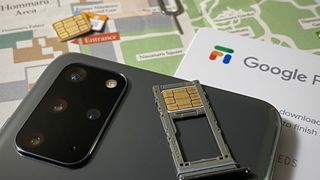
T-Mobile's coverage has grown a ton in recent years, with a huge focus on 5G. Its LTE network has also had some nice coverage upgrades, such as band 71 support and general upgrades to the underlying connection. If you haven't checked your T-Mobile coverage, you might find it has improved. But Google Fi's coverage should also be impressive since your phone will automatically switch between T-Mobile and other available towers, as well as some Wi-Fi coverage in dense areas.
Before you get excited about Google Fi's coverage, it's important to note that there are two tiers of supported phones. The preferred tier of phones is Designed for Fi, which indicates that the phone will be compatible with Google Fi's network switching. Designed for Fi phones also get 5G as long as they support T-Mobile's 5G bands (n41 and n71 for sub-6). Fi has been quick about adding Android phones to its list with the Pixel series, Galaxy S series, and more working with the full network.
The second tier of phones is Compatible with Fi. This includes all unlocked phones that work with the T-Mobile network and includes 5G support on the T-Mobile network. However, compatible with Fi phones won't be able to take advantage of Fi's network switching. Still, nearly any unlocked 5G phone will work with T-Mobile's network, so most people will have more than enough coverage with solid speeds.
Google Fi vs. T-Mobile: What if you just want a reliable connection?
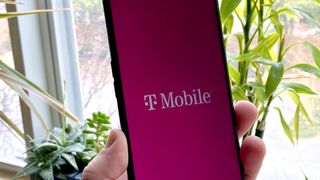
For some people, having a great connection is worth far more than the cost of service. If that's the case, Google Fi will likely be the better candidate for you thanks to its large network availability, both inside and outside of the U.S. With the choice between the Flexible plan and two unlimited plans, Google Fi is a good fit for just about anyone. However, Google Fi does tend to be the more pricey option, especially when it comes to multiple lines.
For most, a T-Mobile plan is the better value option overall and offers plenty of coverage and great savings if you're signing up for more than one line. While its full network isn't as big as Google Fi's, it isn't far off, and you'll still be able to use data abroad with its top two core plans — just at slower speeds. T-Mobile's data-only SIM option on its premium plan can also be a great option for those using multiple phones or with a mobile-enabled tablet.

Designed for most people
T-Mobile's Magenta plans make overages a thing of the past, and offers the speeds and quality needed to make the most of a smartphone in 2021, including 5G and unlimited mobile hotspot data. You'll even get international data to use while traveling abroad, and fun perks such as Netflix included in your plan.

Coverage around the globe
Google Fi keeps things moving when you travel for a price that makes sense, giving you access to international data, texting, and calling. With the right phone, you also get three networks in the U.S. to stay connected at all times, and you can either opt to pay for the data you use, or go unlimited.
Be an expert in 5 minutes
Get the latest news from Android Central, your trusted companion in the world of Android
When Samuel is not writing about networking or 5G at Android Central, he spends most of his time researching computer components and obsessing over what CPU goes into the ultimate Windows 98 computer. It's the Pentium 3.

